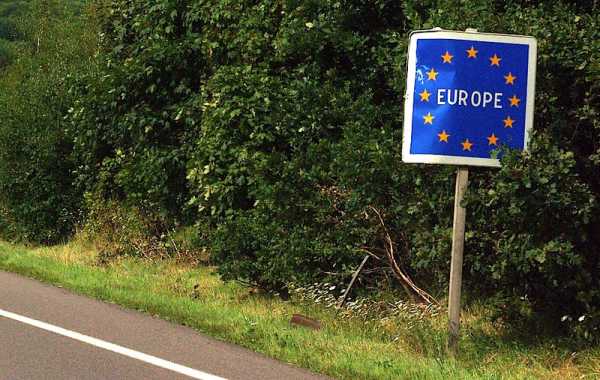
Since Romania and Bulgaria’s partial Schengen entry doesn’t remove passport controls at the land border — only at sea and air borders — it's highly unlikely that it will boost short-stay or day trips (Photo: wfbakker2)
In December, EU member states reached an agreement on providing Bulgaria and Romania with partial access to the bloc’s border-free Schengen area. As of 31 March, internal border controls will be removed at the two countries’ sea and air borders.
However, an agreement on granting passport-free travel at their land borders–a far more contentious and consequential decision–was not reached and remains subject to further discussion.
It’s been a long and tricky road to get to this stage.
The two member states joined the EU over 15 years ago, in 2007, with the European Commission first recommending the two countries join the Schengen area in 2018. However, the move was subsequently blocked by member states in the Council of the EU.
The decision in December — which saw Austria, a previously objecting state, agree to the two countries’ “partial” accession to Schengen–has been praised by the president of the European Commission, Ursula Von der Leyen, as “a major step forward for both countries and for the Schengen area as a whole” while the Commission said in a statement that it would “boost travel, trade and tourism”.
Tourists won’t come flocking
Whether “partial” Schengen membership will actually boost the economies of Romania and Bulgaria is questionable, though.
Let’s start with the view that it will boost the two countries’ tourism prospects. One way that Schengen has boosted tourism in the EU is through making it significantly easier to make a day trip from say, France to Switzerland. You can just drive or get a train across the border, without the hassle or time delay associated with passport checks.
However, since Romania and Bulgaria’s partial Schengen entry doesn’t remove passport controls at the land border — only at sea and air borders — it’s highly unlikely that it will boost short-stay or day trips from those coming from neighbouring countries like Hungary or Greece.
After all, there will still be hefty queues at the border crossing, and moody border guards waiting to stamp your passport. That’s bad news for tourism, since the top source of tourists to Bulgaria is neighbouring Romania, and the top source of tourists to Romania is neighbouring Hungary. Relaxed land border crossings would boost those numbers, with positive economic benefits for the tourism sector.
Partial Schengen membership doesn’t really ease the process of EU nationals travelling to Romania or Bulgaria on a plane either. Although internal border controls are set to be removed at air borders, EU nationals can already travel to Romania or Bulgaria visa-free.
So the only way it makes the travel process smoother, is through a reduced waiting time at the airport–since travellers from the EU won’t need to get their passport stamped. Sure, that’s a bit of time saved at the airport, but will it really spur EU nationals to catch a flight to Romania or Bulgaria? Probably not.
One segment of tourists that might be encouraged to visit Bulgaria or Romania is non-EU nationals travelling on a Schengen visa.
Sign up for EUobserver’s daily newsletter
All the stories we publish, sent at 7.30 AM.
By signing up, you agree to our Terms of Use and Privacy Policy.
From March, it will be easier for those tourists to fly to Bulgaria or Romania as part of their tour of Europe. However, it was probably relatively easy to do so in the first place. According to visa guide, tourists from 142 and 150 countries can already visit Romania and Bulgaria, respectively, without a visa. That includes Turkish and Israeli citizens — the two biggest sources of non-EU tourists.
Trade also won’t receive much a boost.
Since border checks at land borders are set to remain in place, the implications for trade are again limited.
This is since overland transport is a significant mode of freight transport–according to Eurostat, the share of road and railway freight transport was 55 percent of total freight transport in Romania and 28 percent in Bulgaria in 2021. Long queues of lorries are often reported as lining the roads leading up to the Romanian-Hungarian border. Partial Schengen membership does nothing to reduce transit traffic and smooth the flow of trade at the land border.
Arguably it could help to boost maritime trade. The removal of passport checks at sea borders could reduce the costs for cargo ships originating from other Schengen countries arriving at Bulgaria or Romania’s black sea ports. It could expedite the delivery of cargo and reduce administrative burdens for shipping companies.
However, it is important to remember that Schengen membership concerns the freedom of movement of people within the EU — it is the people working on cargo ships that the policy affects.
The free movement of goods has existed ever since Romania and Bulgaria joined the EU customs union in 2014. Any additional benefits to maritime trade–through speeding up operational efficiencies for shipping firms–will be minimal compared to that.
Ultimately, in keeping the land border closed, the decision to grant the two countries “partial” Schengen membership is one of more symbolic significance, than tangible economic benefit.
Source: euobserver.com